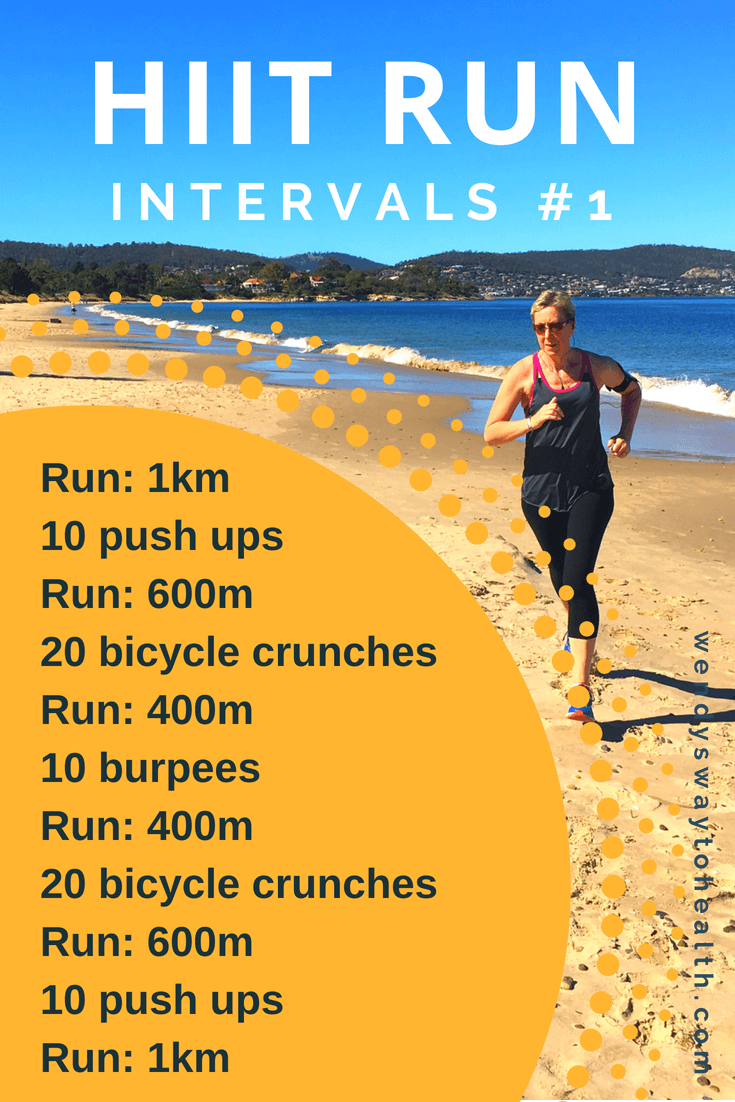Managing Typical Running Discomforts: Causes, Solutions, and Prevention
As joggers, we often experience different discomforts that can impede our efficiency and satisfaction of this physical task. By exploring the root reasons for these running pains, we can uncover targeted services and preventive steps to guarantee a smoother and a lot more satisfying running experience.
Usual Running Discomfort: Shin Splints
Shin splints, a common running discomfort, usually result from overuse or incorrect footwear throughout physical activity. The repetitive stress and anxiety on the shinbone and the cells connecting the muscles to the bone leads to swelling and pain.
To prevent shin splints, people need to slowly raise the intensity of their workouts, put on appropriate footwear with correct arch assistance, and maintain versatility and toughness in the muscles bordering the shin. If shin splints do take place, initial treatment includes remainder, ice, compression, and altitude (RICE) Additionally, integrating low-impact tasks like swimming or biking can help preserve cardio health and fitness while allowing the shins to heal. Persistent or serious situations might call for medical assessment and physical therapy for efficient monitoring.
Common Running Discomfort: IT Band Disorder
In enhancement to shin splints, an additional widespread running discomfort that professional athletes commonly run into is IT Band Syndrome, a condition brought on by swelling of the iliotibial band that runs along the outer thigh and knee. IT Band Disorder commonly shows up as discomfort outside of the knee, specifically throughout tasks like running or cycling. The iliotibial band is a thick band of fascia that connects the hip to the shin, and when it comes to be swollen or tight, it can rub versus the upper leg bone, causing discomfort and pain.
Joggers experiencing IT Band Disorder may notice a painful or hurting sensation on the external knee, which can aggravate with ongoing activity. Variables such as overuse, muscular tissue discrepancies, improper running kind, or insufficient warm-up can add to the advancement of this condition. To prevent and alleviate IT Band Disorder, runners need to concentrate on extending and strengthening workouts for the hips and upper legs, proper shoes, progressive training development, and attending to any biomechanical concerns that may be aggravating the trouble. Neglecting the symptoms of IT Band Disorder can lead to persistent issues and long term recovery times, stressing the significance of very early intervention and correct administration approaches.
Usual Running Discomfort: Plantar Fasciitis

Plantar Fasciitis can be credited to various elements such as overtraining, incorrect shoes, working on tough surface areas, or having high arcs or level feet. To avoid and minimize Plantar Fasciitis, runners can integrate stretching exercises for the calves and plantar fascia, put on helpful shoes, maintain a healthy and balanced weight to lower pressure on the feet, and gradually increase running intensity to avoid abrupt stress on the plantar fascia. If signs and symptoms linger, it is advised to consult a healthcare specialist for correct medical diagnosis and therapy choices to deal with the condition efficiently.
Common Running Pain: Jogger's Knee
After resolving the obstacles of Plantar Fasciitis, an additional common problem that runners often face is Jogger's Knee, a typical running pain that can hinder sports efficiency and cause discomfort throughout exercise. Runner's Knee, additionally referred to as patellofemoral discomfort syndrome, materializes as pain around or behind the kneecap. This problem is usually associated to overuse, muscle mass imbalances, inappropriate running methods, or issues with the placement of the kneecap. Joggers experiencing this discomfort might feel a plain, aching pain while running, rising or down stairs, or after prolonged durations of resting. To avoid Runner's Knee, it is important to incorporate correct warm-up and cool-down regimens, preserve strong and balanced leg muscle mass, use ideal shoes, and progressively enhance running strength. If signs and symptoms continue, consulting from a medical care expert or a sporting activities medication expert is recommended to identify the underlying reason and establish a customized treatment plan to alleviate the pain and protect against additional difficulties.
Usual Running Discomfort: Achilles Tendonitis
Generally afflicting runners, Achilles Tendonitis is an excruciating condition that affects the Achilles tendon, triggering discomfort and possible constraints in physical activity. The Achilles tendon is a thick band of tissue that connects the calf muscle mass to the heel bone, vital for tasks like running, leaping, and strolling - a fantastic read. Achilles Tendonitis typically creates as a result of overuse, improper footwear, insufficient extending, or abrupt rises in physical activity
Signs of Achilles Tendonitis include discomfort and stiffness along the tendon, particularly in the early morning or after durations of lack of exercise, swelling that gets worse with task, and possibly bone spurs in chronic cases. To prevent Achilles Tendonitis, it is important to stretch effectively before and after running, wear appropriate footwear with proper support, gradually increase the intensity of exercise, and cross-train to reduce recurring stress and anxiety on the tendon. Therapy might entail remainder, ice, compression, altitude (RICE procedure), physical therapy, orthotics, and in serious cases, surgery. Early intervention and proper treatment are critical for taking care of Achilles Tendonitis properly original site and protecting against lasting issues.
Final Thought

 Tia Carrere Then & Now!
Tia Carrere Then & Now! Jason J. Richter Then & Now!
Jason J. Richter Then & Now! Josh Saviano Then & Now!
Josh Saviano Then & Now! Heath Ledger Then & Now!
Heath Ledger Then & Now! Suri Cruise Then & Now!
Suri Cruise Then & Now!